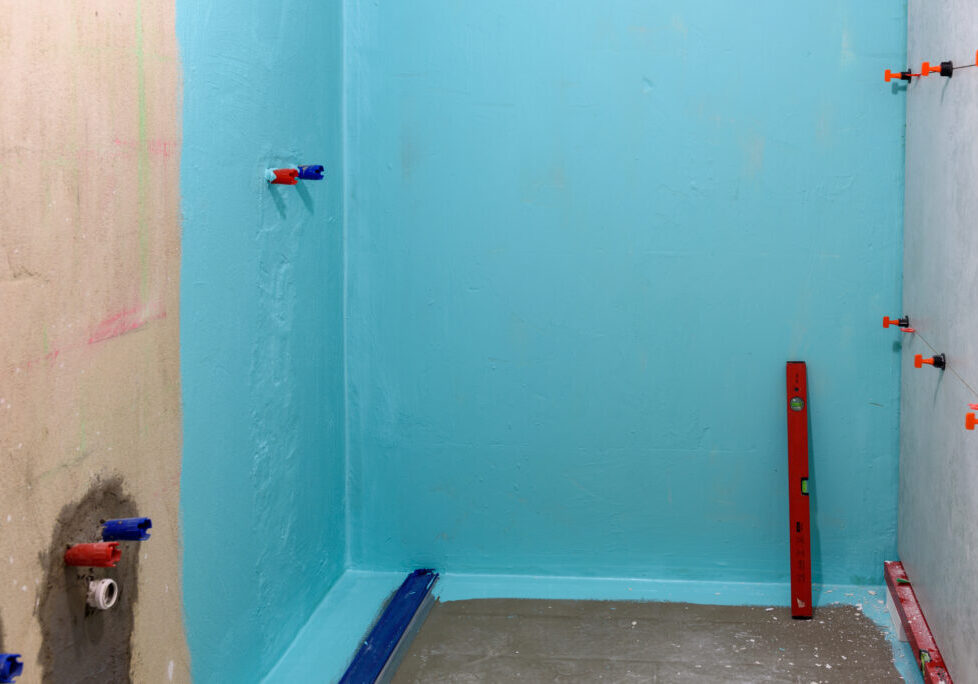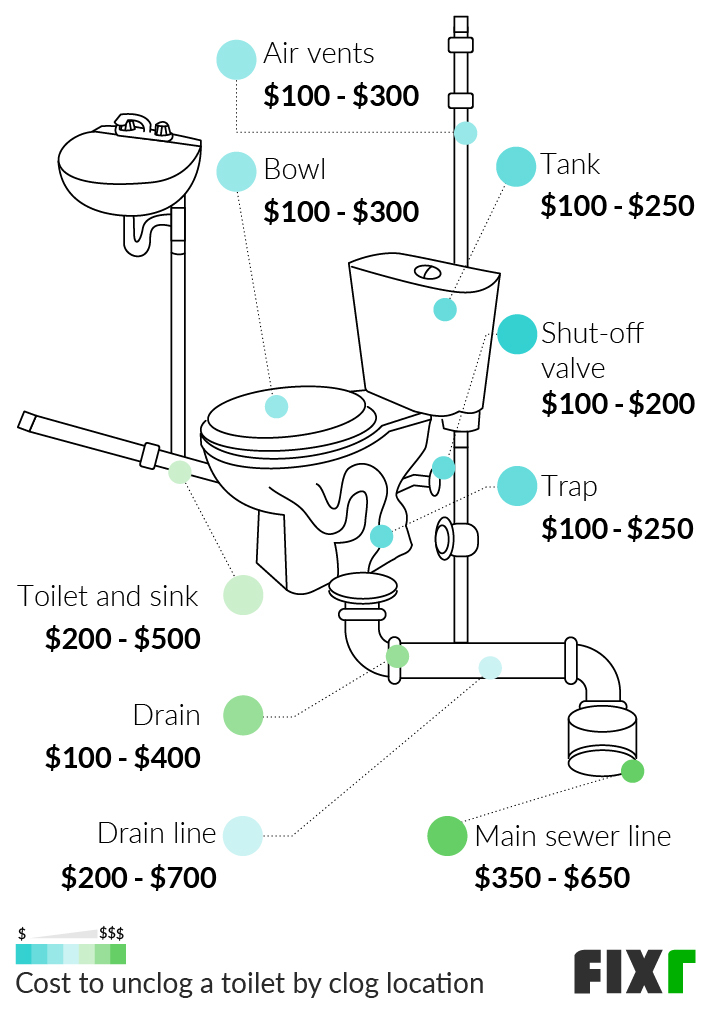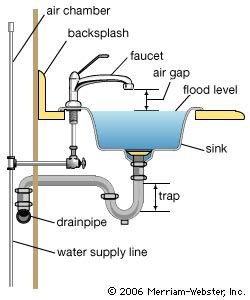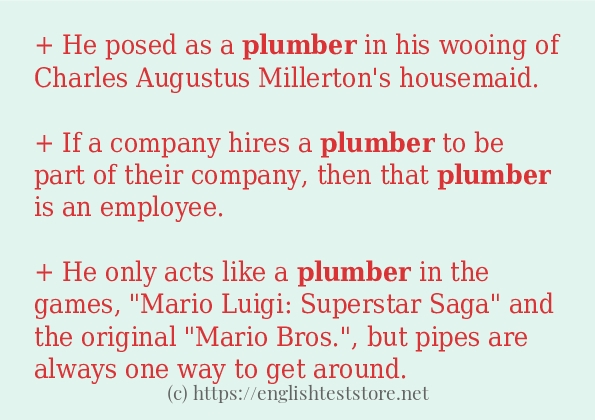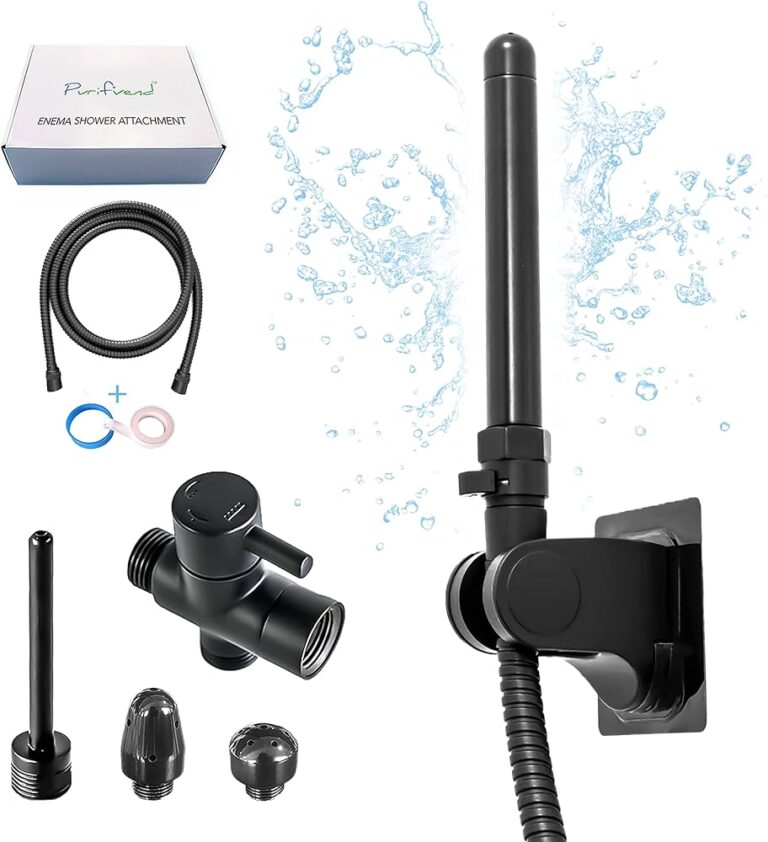What Is Bathroom Waterproofing?
Bathroom waterproofing is a process of protecting a room from water damage. It is an important step in the construction of bathrooms, as it ensures that the walls, floors, and other surfaces are protected from moisture. The process involves sealing the walls and floors with a waterproofing membrane, which can be made out of materials such as polyethylene, polyurethane, or vinyl. This membrane helps to prevent water from seeping into the walls and floors, and can also act as a barrier to mold and mildew. Additionally, bathroom waterproofing helps to reduce the risk of structural damage to the bathroom, such as cracking or crumbling of the walls.
Definition of Bathroom Waterproofing
Bathroom waterproofing is a term used to describe the process of making a bathroom or any other wet area waterproof. This is done through a combination of techniques such as the use of waterproof membranes, sealants, and other materials. By waterproofing the bathroom, it is possible to protect the interior from water damage and prevent the growth of mould and mildew. Different types of waterproofing methods are used depending on the type of material used to construct the bathroom, the size of the area, and the amount of water exposure the area will be subjected to. Furthermore, bathroom waterproofing can also help to reduce energy costs as it helps to reduce the amount of water that escapes through the walls and floors. By creating a waterproof barrier, the amount of water that needs to be heated is reduced. Bathroom waterproofing is an essential part of any bathroom renovation and should always be done by a professional.
Benefits of Bathroom Waterproofing
Bathroom waterproofing is an essential home improvement measure that can help protect your home from water damage. It is an effective preventive measure that can help maintain the integrity of your home and prevent costly repairs in the future. Bathroom waterproofing has several benefits, including improved hygiene, improved structural integrity, and cost savings.
The primary benefit of bathroom waterproofing is improved hygiene. It helps keep bacteria, mold, and other contaminants from seeping into the walls and floors of your bathroom. This helps keep your bathroom clean and free from pests, as well as providing a healthier environment for you and your family.
Bathroom waterproofing also improves the structural integrity of your home. It helps prevent water seepage into the walls and floors, which can cause a variety of structural issues, including cracks, rot, and other structural damage. These issues can be expensive to repair, but waterproofing can help prevent them.
Finally, bathroom waterproofing can save you money in the long run. By preventing water damage, you can avoid costly repairs, as well as the associated costs of replacing fixtures, flooring, and other materials. In addition, waterproofing can help extend the life of your bathroom fixtures and materials, saving you money over time.
Overall, bathroom waterproofing is an important home improvement measure that can provide numerous benefits. It helps keep your bathroom clean and free from contaminants, improves the structural integrity of your home, and can save you money in the long run. So, if you are looking to save money and protect your home, bathroom waterproofing is a smart investment.
Types of Bathroom Waterproofing
Bathroom waterproofing is an essential step to protecting your home from water damage and ensuring that your bathroom is a safe and inviting space. The process involves selecting and applying the right type of waterproofing material for your bathroom walls, floors, and other surfaces. But what types of waterproofing are available?
One of the most common types of waterproofing is a liquid-applied membrane. These are applied as a liquid and then cured to form a waterproof barrier that is permanently attached to the substrate. They are most effective when applied to concrete or masonry surfaces, and are also suitable for metal and wood surfaces.
Another option is sheet membrane waterproofing, which involves laying down a sheet of material, such as a sheet of polyethylene, between the substrate and the finished floor. This provides a completely impermeable barrier against water damage. Sheet membranes can be particularly useful in wet areas such as showers, but can also be used in other areas of the bathroom.
Finally, there are liquid or spray-on waterproofing products. These are applied to the substrate in a liquid form and are designed to create a waterproof barrier on contact. They are generally used on concrete or masonry surfaces, and are often applied in areas where sheet membranes are not suitable.
Whatever type of bathroom waterproofing you choose, it is important to ensure that it is applied correctly and that all gaps and cracks are filled. This will help ensure that your bathroom is safe and dry for years to come.
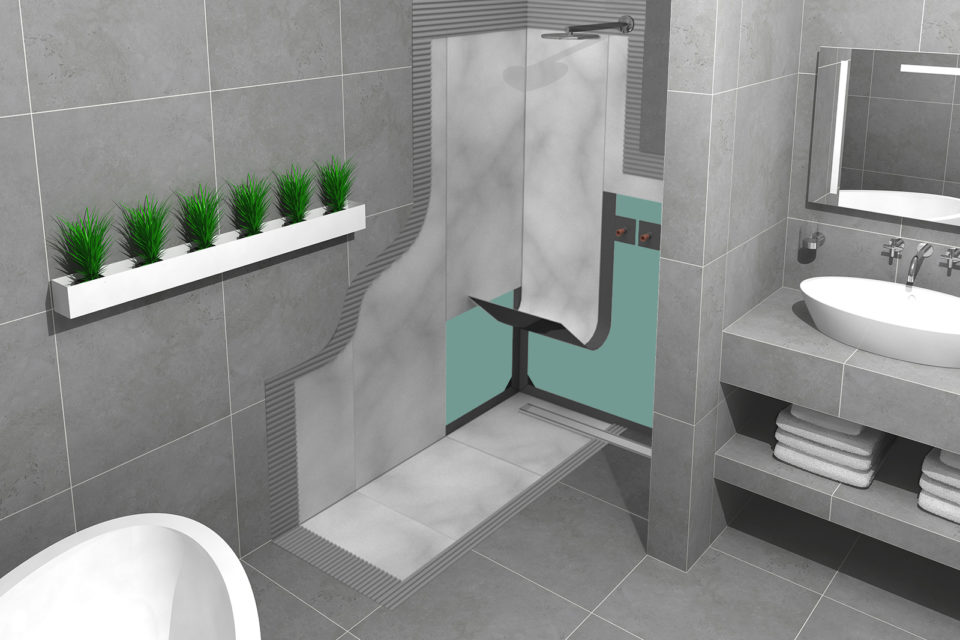
Preparation for Bathroom Waterproofing
Bathroom waterproofing is an important part of home maintenance and can help to protect your home from water damage. But before you start waterproofing your bathroom, there are certain steps you need to take in order to ensure the job is done correctly. Proper preparation is essential for a successful waterproofing job, and the following tips will help you get started.
First, consider the layout and design of your bathroom. You’ll need to make sure the room is properly ventilated and that all plumbing and electrical elements are up to code. If necessary, have a qualified professional inspect the area to ensure that all codes are met. Additionally, you’ll want to check the walls and floor for signs of water damage and make any necessary repairs before beginning the waterproofing process.
Next, make sure to remove all furniture, fixtures, and other items from the bathroom. Clean and dry the surfaces, paying special attention to the joints and corners. This will help to ensure that all areas are accessible for watertight sealing.
Finally, you’ll need to purchase the right materials for the job. Be sure to find a high-quality waterproofing product that is designed specifically for bathrooms. Read the manufacturer’s instructions carefully and take all necessary safety precautions.
By properly preparing for a bathroom waterproofing job, you can protect your home from water damage and keep it looking like new for years to come.
Application Techniques for Bathroom Waterproofing
Bathroom waterproofing is an essential step in safeguarding your home from water damage. But, what are the best application techniques for waterproofing your bathroom? To successfully waterproof your bathroom, you need to ensure that the right materials, tools, and techniques are used.
One of the most popular types of waterproofing for bathrooms is sheet membrane waterproofing. This is a thin sheet-like material, usually made from rubber, that is used to line the walls and floor of your bathroom. It is effective at preventing water from seeping through the walls and floors of your bathroom. To apply sheet membrane waterproofing, the material must be cut to the size and shape of the walls and floors in the bathroom and then adhered to the surface.
Another way to waterproof your bathroom is by using liquid waterproofing. This type of waterproofing typically involves using a brush to apply a liquid waterproofing material, such as a rubber sealant, to the walls and floors of your bathroom. This type of waterproofing is easy to apply and is generally more affordable than sheet membrane waterproofing.
When waterproofing your bathroom, it is important to make sure that all of the cracks and crevices in the walls and floors are sealed. This is to prevent water from seeping through. To do this, you can use a sealant that is specifically designed for bathrooms, such as a silicone or latex-based sealant.
Finally, it is essential to ensure that the surfaces in your bathroom are properly sealed, as well. This includes the floor and wall tiles, as well as any other surfaces in the bathroom. The best way to do this is to use a sealant specifically designed for bathroom surfaces. This will ensure that the surfaces remain waterproof and protected from water damage.
By following these application techniques, you can ensure that your bathroom is properly waterproofed and protected from water damage.
Maintenance of Bathroom Waterproofing
Bathroom waterproofing is a critical step in ensuring the longevity of your bathroom. It is a complex process that requires careful consideration and professional installation. Maintenance of bathroom waterproofing is equally important, and can help prevent costly repairs in the future. Proper maintenance of bathroom waterproofing involves a few steps. Regularly inspect the entire bathroom for any signs of water damage, such as discoloration, warping, or cracking in the walls or flooring. Additionally, check the condition of the caulking in the shower, tub, and sink area, and replace any caulk that is cracked, discolored, or missing. Additionally, periodically inspect the pipes and drains for any signs of clogs or leaks, and make sure they are kept clean. Lastly, check the seals around the windows and doors, and replace any seals that are damaged or in need of repair. Following these steps regularly can help keep your bathroom waterproofing in optimal condition.
FAQs About the What Is Bathroom Waterproofing?
Q1: What does bathroom waterproofing do?
A1: Bathroom waterproofing is a process that helps protect areas of your bathroom from water damage. It creates a barrier between the walls and floors of your bathroom and the water, preventing leaks and water damage.
Q2: How much does bathroom waterproofing cost?
A2: The cost of bathroom waterproofing will depend on the size of the area you need to waterproof and the type of waterproofing material you choose. Generally, you can expect to pay anywhere from a few hundred dollars to several thousand dollars for bathroom waterproofing.
Q3: How long does bathroom waterproofing last?
A3: The lifespan of bathroom waterproofing will vary depending on the type of material you use and the quality of the installation. Generally, waterproofing will last around 10 years or more if properly maintained.
Conclusion
Bathroom waterproofing is an important aspect of bathroom construction and renovation that can help to keep the room safe and dry. It is important to use the right materials when waterproofing a bathroom, as different materials may be more suitable for different applications. Waterproofing can help to protect the walls and floor from water damage and mold, and can save homeowners from costly repairs in the future. By taking the time to waterproof a bathroom, homeowners can ensure that they have a safe and dry space to enjoy for many years to come.

